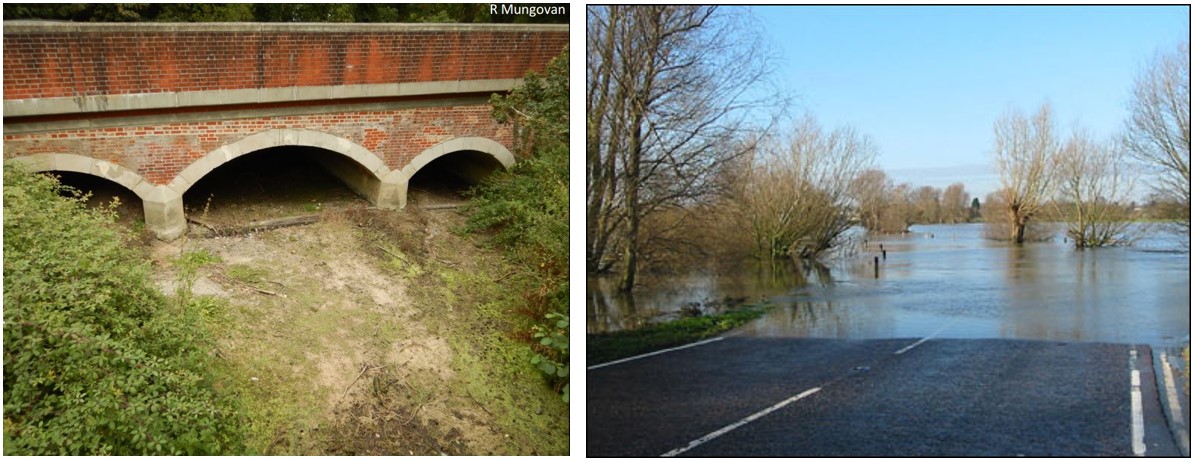Cam Valley Forum is campaigning for an end to over-abstraction and the restoration of naturally healthy rivers: This can be achieved by:
- substantially reducing groundwater abstraction from the Chalk aquifer;
- investing in alternative sources of surface water to replace groundwater;
- treating sewage to high standards so that it can be reused for public water supplies and to recharge the aquifer;
- building rainwater harvesting and recycling systems into all new developments;
- resolutely driving down demand for water in homes and businesses
- significantly reducing water pollution and investing in work to enhance habitats and natural processes;
- improving resilience, not only for public water supplies but also for the environment
Cambridgeshire is the driest part of Britain, with nationally important chalk streams and highly variable rainfall. The Chalk aquifer that supplies 97% of our public water supplies is under unsustainable pressure: over-abstraction means that already it cannot keep our chalk streams running as they should through the year. Pollution of the water by faecal bacteria, nitrates and phosphates is becoming an increasing problem, and the pressures of increasing population, economic growth, intensive land management and climate change are only making a bad situation worse.
Cambridgeshire is at risk from both drought and flood.
Drought
The River Cam has already lost about half its average natural flow. Increasingly frequently, wetlands and the upper reaches of our chalk streams dry out, while most of the Cam Valley’s rivers are of only ‘moderate’ water quality as a result of pollution by nutrients, sediment and sewage. The situation becomes critical in the summer, when high temperatures and low river flows can combine, turning the River Cam into a stagnant, smelly soup. Climate change is bringing hotter drier summers, making the problem worse.
In an attempt to maintain river flows and dilute the concentrations of sewage effluent and other pollutants to permitted levels, about 20% of our precious ground water is pumped out of the aquifer into the rivers. Without this, our Chalk streams would have died. But this circular process of abstracting scarce water from the aquifer and in order to augment the Chalk streams is ecological madness: we need to reduce water demand, stop wasting water and stop putting so much pollution into our rivers.
We are calling on Cambridge Water to introduce hosepipe bans in summer, to help protect the aquifer.
We are encouraging people to reduce their water use through our “top ten tips” and leaflets about how to reduce your water use to no more than 60l per person per day, and how to track your water use
Flood
In winter, climate change is bringing us increasingly variable and intense rainfall, which is causing more frequent flooding. This damages homes, businesses and farmland, while a large quantity of much needed water, which we ought to be storing for use in the summer, rushes out to sea, carrying our soil with it.
Increasingly frequently, storms overwhelm the sewage treatment works, which then overflow releasing untreated (but diluted) sewage into the rivers and standing floodwater. This is why we welcome work by organisations like Water Sensitive Cambridge to help turn Cambridge into a “sponge city” in which rain gardens and ponds are used to reduce flood risk, rather than relying purely on drainage systems.
Reports and Resources
See our key reports relating to water pollution, drought and flood here
Our consultation responses and submissions to the key bodies working on future policies are available here.
General links to useful external water resources are here

